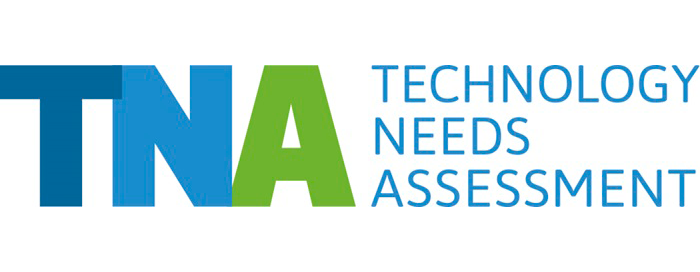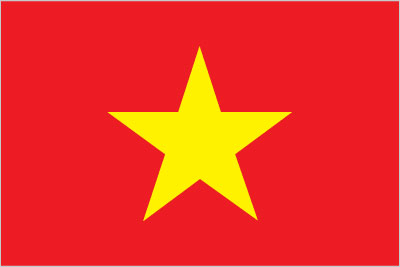Vietnam completed its TNA in 2012. The TNA emphasized integrated coastal zone management as one of the priority areas for adaptation in Vietnam. The construction of sea dykes, wetland rehabilitation and flood warning systems is essential in increasing the country’s resilience to the increasing impacts of sea-level rises, typhoons and flooding.
Vietnam is a low-lying country in Southeast Asia with a densely populated coastal zone that is strongly dependent on tourism and agriculture. The huge estimated adaptation cost (up to US$ 92 billion for 2021–2030) underscores the challenge: nearly all sectors — agriculture, water, coastal/urban infrastructure, forestry — must transform for resilience.
Current coping strategies relating to climate risks have shown to be ineffective, and the increasing impacts of climate change pose serious impediments to sustaining progress in the country. It has therefore become an imperative objective of the Vietnamese government to respond to this immense challenge.
If successfully implemented, the technologies prioritized in the TNA can lead to significant advantages in strengthening the resilience of key sectors and lowering GHG emissions. For example, the TNA found that the costs of large-scale heat and power (cogeneration) are no higher than the costs of conventional thermal power. While the costs even out, the efficiency of cogeneration exceeds that of the conventional technologies and could reduce fuel loss and CO2 emissions by 15%.
Adaptation Priorities
For sectors most vulnerable to climate change (agriculture, water resources, coastal zone, forestry), the TNA identified:
- Agriculture: Crop‑breeding (to improve resilience), shifting cropping patterns (e.g., from rice to upland grains), adjusting cropping cycles; agro‑forestry.
- Forestry: Agroforestry / mixed farming / improved forestry practices / species selection for resilience.
- Water Resources & Water Management: Rainwater harvesting (rooftop runoff capture), runoff harvesting, improved irrigation and basin management — to buffer against variable rainfall, droughts or floods.
- Coastal / Coastal‑Zone Management: Coastal wetland rehabilitation, building of sea dykes, integrated coastal‑zone management, flood‑warning systems — to address sea‑level rise, storm surges, and increased flooding risk.
Mitigation Priorities
In sectors with high greenhouse‑gas emission potential or energy demand, the TNA prioritized lower‑carbon or efficient technologies:
- Energy Sector: Wind power; large‑scale cogeneration (heat & power) — cogeneration was assessed as cost‑competitive with conventional thermal power, but offering higher efficiency and lower CO₂ emissions (≈ 15% reduction vs conventional thermal) when implemented.
- Agriculture / Land Use / Forestry (LULUCF): Biogas (from agricultural/animal waste), sustainable forest management, afforestation / reforestation.
- Irrigation / Water / Agricultural Water Use Efficiency: Improved irrigation practices to reduce vulnerability and emissions associated with inefficient water use in agriculture.
Vietnam’s TNA contributes to the following Sustainable Development Goals:






